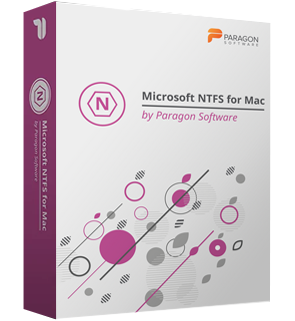

- CINDORI TRIM ENABLER MAC OS X
- CINDORI TRIM ENABLER INSTALL
- CINDORI TRIM ENABLER DRIVERS
- CINDORI TRIM ENABLER UPDATE
The Trim Enabler software has been updated so that it can disable kext signing, but this is a global setting, and disables an otherwise useful security feature. This is a means of enforcing security, but also a way for Apple to control what hardware that third-party developers can release OS X support for." "If they have been modified, Yosemite will no longer load the driver. Reply Helpful (1) Barney-15E Level 10 (102,215 points) 11:09 AM in response to ruilifu Generally, with newer SSDs, TRIM support is not usually necessary.

CINDORI TRIM ENABLER DRIVERS
"Kext signing basically works by checking if all the drivers in the system are unaltered by a third party, or approved by Apple," wrote Cindori Software on its blog. To enable trim support in OS-X Open 'terminal app' and enter this command 'sudo trimforce enable' select YES, YES and reboot when complete. These are the recommended methods for enabling Trim in macOS: Snow Leopard 10.6.8. A kext is an OS X kernel extension, or a driver.Įnabling TRIM is one of the best ways to maximize the life of a solid-state drive, but OS X doesn't support it out-of-the-box except for Apple's own drives, but until now it has been possible to enable it by altering drivers, although that has never been officially sanctioned by Apple. Enable Trim Flip the switch to enable Trim safely and improve your data writing speeds and overall drive longevity. Here's whyĪccording to Cindori Software, makers of the popular utility Trim Enabler, the issue is down to a newly introduced security feature called kext signing. The advanced Health feature uses S.M.A.R.T technology to report drive status and remaining health. The best VR headsets for gaming, the metaverse, and beyond kext works only with their own SSD drives, so this hack bypasses the identifier check and allows all SSDs to be supported.The top AR glasses: Pro-level AR and XR headsetsĪpple's VR: A flurry of patent applications, a focus on user 'behavior' If the SSD natively supports this, it replies back if it doesn’t support, there is no reply. Then, if it is indeed an SSD drive, it sends yet a second command (the TRIM one) and expects a result.
CINDORI TRIM ENABLER INSTALL
Initially found on I read that the driver fist checks to see if the drive is of “rotational” or “solid state” type. Recommended: Utilize Osx Uninstaller to remove Trim Enabler 4.0.3 Step 1: Download Osx Uninstaller here, and install it to the /Applications folder. The secret lies in the updated IOAHCIFamily.kext of Snow Leopard, in the /System/Library/Extensions/ folder, which contains the plugin IOAHCIBlockStorage.kext: the binary of this plugin (in the /MacOS/ folder) when viewed with a hex editor, contains two hard-coded references of “APPLE SSD” that is the string expected to be returned from polling the drive (thus only native support for latest Apple SSDs). Older SSD drives that never supported TRIM by default will not ‘magically’ get TRIM, obviously.
CINDORI TRIM ENABLER UPDATE
kext that recognises any SSD with TRIM support (visible in System Profiler) provided that our own SSD indeed supports TRIM (check with your manufacturer’s specifications and perhaps use the latest firmware update for your SSD drive). With his TRIM Support Enabler (currently at v1.1) we can install and uninstall (i.e. Now, user cindori from has made it simple for newbies and experienced users alike: a tool that enables and disables TRIM support for Snow Leopard users (10.6.6 or newer) with SSD drives in their computers (original Apple hardware as well as hackintosh systems). kext that controls the AHCI SATA controller was updated with TRIM support, even since 10.6.6, apparently only for Apple-ordered SSD drives that had the identifier “APPLE SSD” (visible from System Profiler > Serial-ATA). Once booted again, you need to install the TRIM Enabler software.
CINDORI TRIM ENABLER MAC OS X
Although it’s now widely publicised in the hackintosh community, a couple of months ago (March 2011) with the release of the Mac OS X Snow Leopard 10.6.7 update (especially for new MacBook Pro laptops) a couple of people with good knowledge of programming reported that the.


 0 kommentar(er)
0 kommentar(er)
